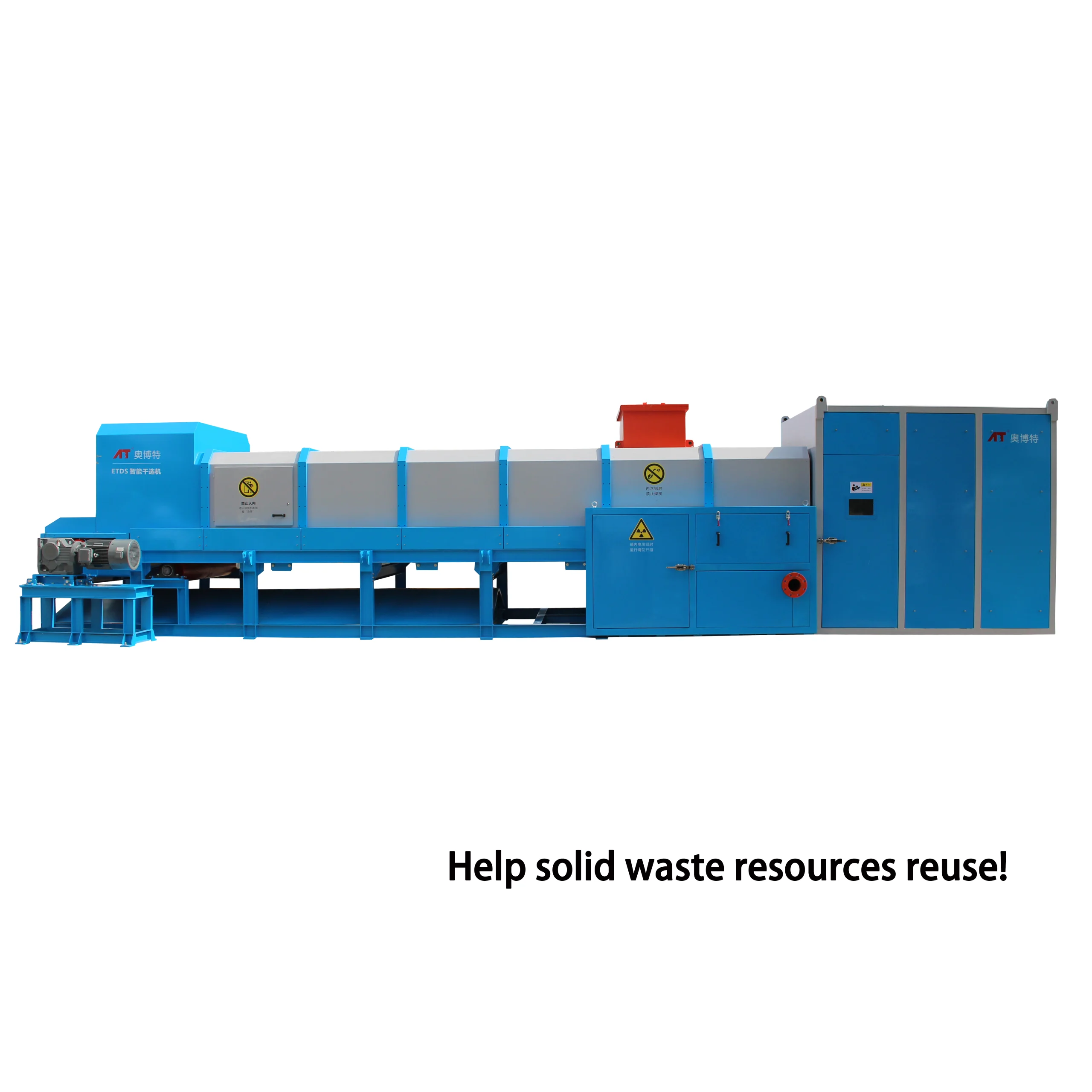Smarter Sorting: The Growth of Smart Dry Sorters in Manufacturing

In the constantly changing landscape of manufacturing, the search for effectiveness and accuracy is more crucial than ever. With companies push for lowered operational expenses and improved productivity, the introduction of smart dry sorters is changing traditional resource extraction practices. These cutting-edge systems leverage advanced technology to improve ore sorting processes, securing that important materials are obtained with outstanding accuracy.
Intelligent dry sorting machines are built to perform complex sorting activities with minimal human intervention. Utilizing using sophisticated algorithms and sensors, these machines can identify and distinguish materials based on diverse characteristics, greatly boosting the overall yield of efficient ore sorting equipment. Thus, mining operations are not only growing more effective but also greener, marking a significant transition towards advanced sorting solutions in the manufacturing sector.
The Technology Supporting Intelligent Dry Sorters
Advanced dry sorters are transforming the manufacturing and mining sectors with their sophisticated technology. At the core of these machines are sophisticated detectors and programs that enable extremely effective ore sorting equipment to analyze materials in actual time. By using crisp imaging, these machines can differentiate between precious minerals and non-valuable material more efficiently than traditional sorting methods. This capability not only increases recovery rates but also lowers operational costs by minimizing the need for further processing.
Machine learning plays a key role in the operation of intelligent dry sorting machines. These systems can learn from the information they collect, improving their accuracy and efficiency over time. By examining trends and characteristics of ores, smart mining dry sorters can modify their sorting criteria in real-time, ensuring optimal performance across different material types. This ability to evolve with the input data means that operators can rely on these machines to maintain high levels of efficiency even as conditions shift.
Moreover, the integration of automation in smart dry sorters boosts their performance. These machines can be operated with minimal human intervention, allowing for continuous operation and reducing labor costs. The automated systems ensure consistent sorting and minimize the likelihood of human error. As a result, producers and miners are turning to advanced dry sorters not only for their effectiveness but also for the business advantages they bring to the industry.
Pros of Optimized Ore Separation
Efficient ore sorting significantly improves the complete productivity of mining activities. By using intelligent dry sorting machines, companies can rapidly distinguish precious ore from waste substances. This dedicated approach not only increases resource recovery but also lowers the quantity of material that needs to be processed, causing faster processing times and reduced operational costs. As a result, mining operations can achieve greater output levels while reducing the environmental impact associated with excess waste.
An additional major advantage of intelligent mining dry sorters is their ability to improve the standard of extracted materials. High-precision sorting technology guarantees that only the top quality ores are sent for further processing. This results in a higher grade of output and boosts the economic return of the mining activity. Moreover, upholding consistent quality helps companies meet strict market demands and regulatory requirements, thereby increasing their competitive edge in the sector.
Furthermore, the adaptability of extremely effective ore sorting equipment allows for a more sustainable mining method. By optimizing https://luna-dunlap.mdwrite.net/out-of-chaos-into-stability-how-intelligent-separation-systems-transform-sectors sorting process, these machines minimize water usage and energy consumption, promoting a greener practice. As mining companies increasingly prioritize sustainability, the integration of efficient ore sorting methods aligns with their goals of lessening their carbon footprint and promoting responsible resource management. In summary, the rise of intelligent dry sorters marks a important step forward in transforming the mining industry.

Future Developments in Mineral Extraction Technology
The mining sector is ready for a tech revolution as intelligent dry sorters keep to rise in importance. The integration of advanced AI and machine learning algorithms into highly efficient ore sorting machines enables users to make real-time decisions based on data evaluation. This evolution not only enhances precision in separating mineral-rich minerals from waste but also greatly reduces operational costs. As extraction companies adopt smarter sorting solutions, we can expect higher productivity and eco-friendliness in resource extraction.
Another significant trend is the continuous advancement in the abilities of smart mining dry sorters. Breakthroughs such as advanced sensor technologies and automated processes are transforming how ore is handled. These devices can now handle a greater range of substances and function in diverse environmental settings. Furthermore, continuing research is likely to produce more flexible sorting technologies that can adapt to particular mining needs, thereby enhancing efficiency and reducing environmental impact.
In conjunction with these advancements, the push for environmentally responsible mining methods is also shaping the prospective landscape. Companies are increasingly focusing on sustainable methods that reduce waste and energy use. Intelligent dry sorting machines not only aid to this goal by optimizing resource recovery but also support compliance with strict environmental regulations. As the industry embraces these advanced solutions, we can expect a shift towards greener, more efficient mining operations that align with community expectations and environmental stewardship.
